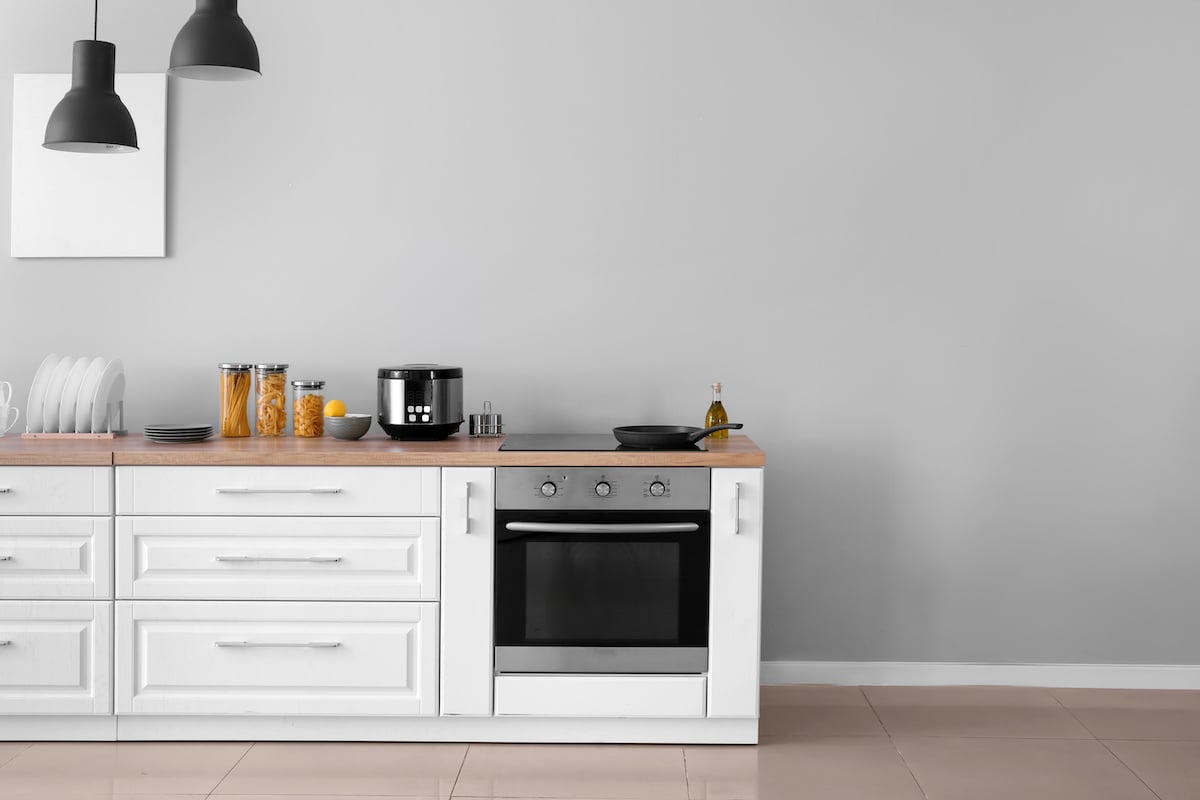At NextVolt Energy, we aspire to become Texas' most-trusted electricity provider. That's why we've compiled this room-by-room series on energy efficiency to help you save money on electricity bills. If you've noticed your expenses piling up, it may be worth considering our energy efficiency tips to determine where you can cut back or be smarter with your energy use.
This series will cover your home energy efficiency in the kitchen, bedroom, bathroom and living room, so you'll be well-equipped to see the benefits. Now, let's assume you're not in the market for new energy efficient appliances and you're making the most of what you've got. Below is a list of ways you can make a difference and turn your goods into greats.
The Fridge
There are so many things you can do to optimize your fridge's energy efficiency, and some of them are as simple as moving it a bit to the right. That's right, leaving a gap of 2-3 inches around the outside of your fridge will allow air to circulate better, which can reduce running costs by roughly 15%. Inside the appliance, keeping 20% of your fridge space free also improves circulation and removes the need for the motor to work so hard.
If you're one to store your leftovers straight into the fridge after your weekly meal prep, you may be spending considerable energy on cooling food that could otherwise cool on its own. Next time, leave hot leftovers to cool before putting them in the fridge and you'll notice the difference.
The Oven & Stove
As they're both known for burning gas to produce heat, we thought we'd combine these two kitchen essentials. While we're on the topic of meal prep, consider multitasking your oven and cooking your dinner while baking snacks you might be craving at the same time. Cooking one thing at a time involves heating the oven for each meal and leaving precious oven space unused each time.
If you only have one meal to cook and it's not a large portion, ask yourself if the microwave might be a more suitable option. This marvelous technology is usually more energy efficient than a conventional oven and cooks your food faster.
If you're just minutes away from taking your meal out of the oven or off the stove, make use of residual heat and turn off the appliance before you';re finished. These appliances are working at temperatures above 300°F, so there's more than enough heat to go around for minutes after they're turned off. This could potentially save you hours of combined energy use over the course of a month and precious dollars can be spared.
The Dishwasher
The first step to save energy from your dishwasher is to choose the right one.
Of course, we did mention this article wasn't for those in the market for new appliances, but if you are then it's advisable to really consider how big an appliance you need. Don't go buying a big dishwasher just because it fits the void in your kitchen design. There are ways to fix the design, but no way to save energy from a dishwasher that doesn't suit your needs. If your dishwasher is too big, you may waste energy running half loads. Too small and you'll run multiple loads when one would have worked well.
Once your dishwasher is selected and installed, it's more important that you are filling the appliance up before running a load of dishes. Unfortunately, running half loads doesn't use half the energy and simply wastes water on empty shelves.
After you start trying some of these tips out, you'll start seeing positive effects on your wallet and your bills. We're just getting started so stay tuned for more home energy efficiency tips. If you need assistance, we'd love to help you out! Just contact us today.
